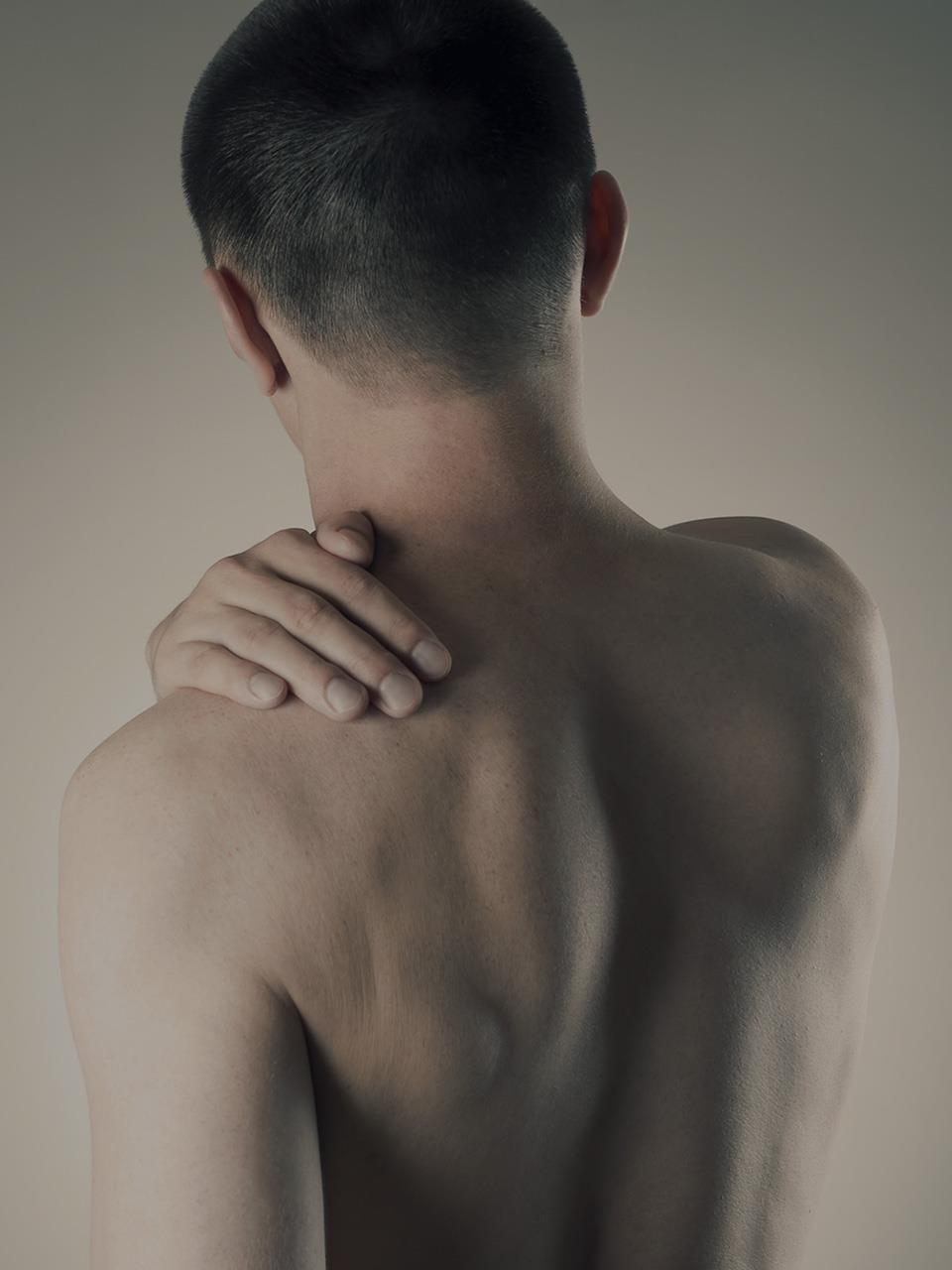
Tap to Read ➤
Back Massage Techniques
A back massage is beneficial in many ways. It helps the body relax, takes away stress and reduces anxiety levels. Here are some methods used by professionals to get a great back massage done.
Buzzle Staff

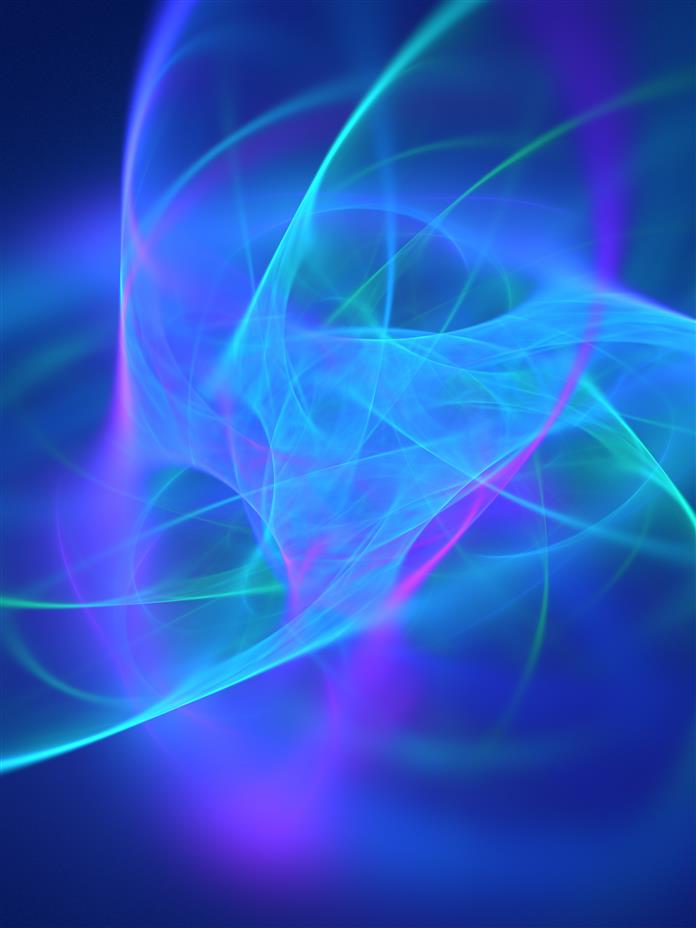
Massage therapy does a world of good to people suffering from various issues concerning their muscles. In the last 20 years, the prominence of massage therapies has grown, as they are known to heal many health-related problems.

On top of that, there are no side effects associated with a massage. Moreover, the therapeutic benefits of massage on overall health and mental well-being resulting from the manipulation of soft tissues, makes this art worth trying.
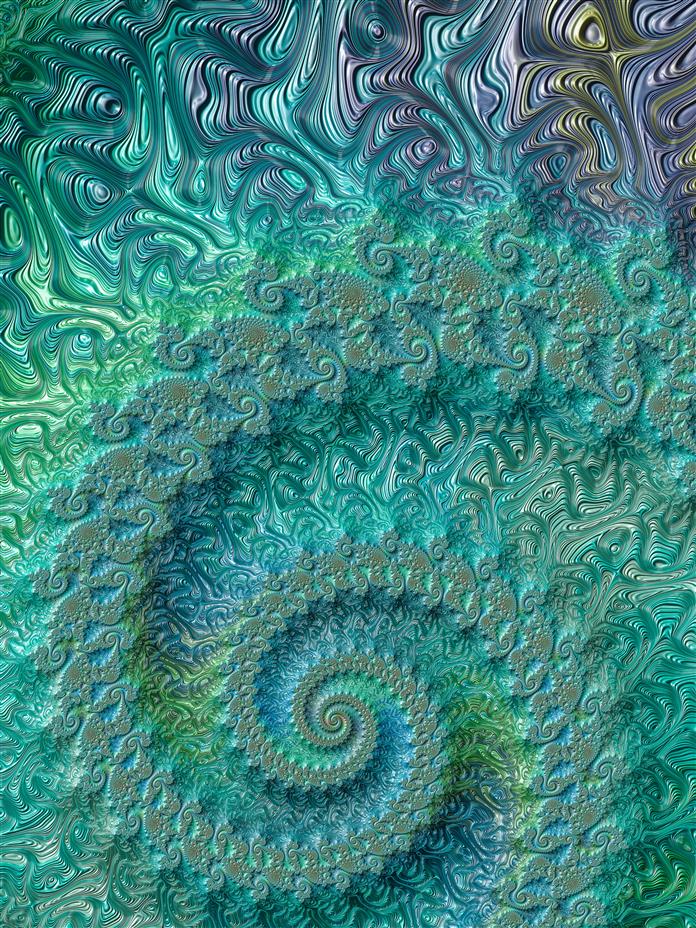
Of all the massages, a back massage is one of the more popular choices of people. The day-to-day grind which we go through in our lives has a direct effect on our back. Hence, this type of massage is suggested to people across the board, even for those who're not suffering from backache. Also, researches have shown that massaging the back over a period of time can give people relief from lower backache.

Benefits of a Back Massage
- It helps relax and release tight muscles.
- It provides emotional and stress relief.
- It alleviates the pain some women experience in their lower back during labor.
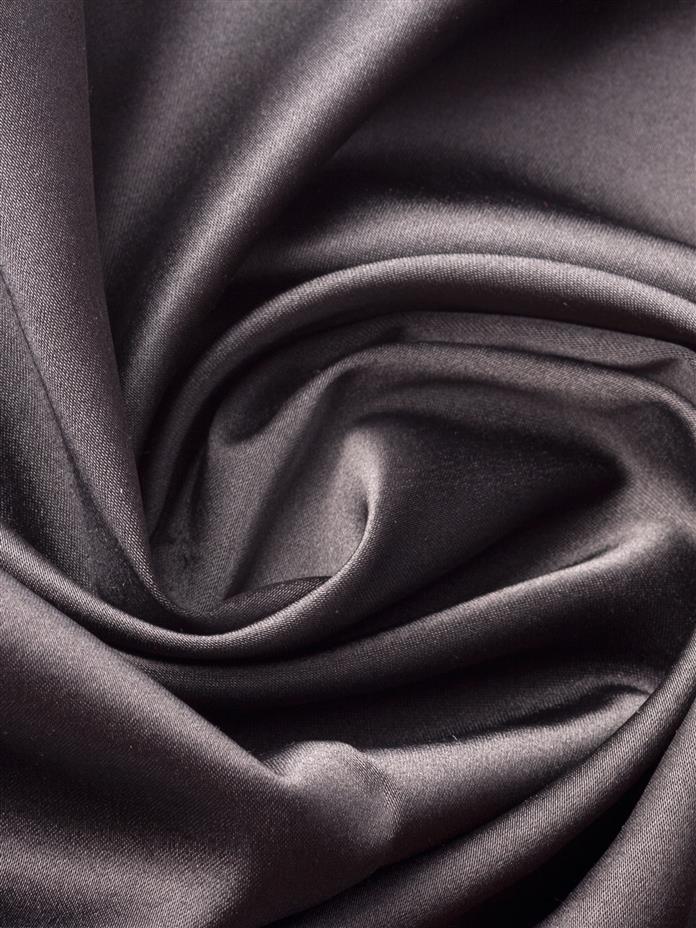
- It improves circulation of the blood and lymphatic drainage so that toxins are released.
- It helps stimulate the production of endorphins, thereby making you feel good.

Basic Requirements
- A warm and quiet environment
- A firm and comfortable surface, such as a bed, floor mat or massage table
- Massage oil
- A set of towels to lie on and cover the body
- A couple of cushions and pillows

Techniques Employed
Effleurage (Smooth rhythmic stroking) is one of the most basic and frequently used techniques for a back massage. Let us discuss some of the well-known techniques employed by professionals, while massaging a back.

● Technique 1
Effleurage: Using the Whole Hand
Before you begin the massage, take warm oil in your hands and apply a small amount with the whole hand using smooth rhythmic strokes. It is important to use the whole surface of both hands.
Effleurage: Using the Whole Hand
Before you begin the massage, take warm oil in your hands and apply a small amount with the whole hand using smooth rhythmic strokes. It is important to use the whole surface of both hands.

Use firm movements to stroke upwards, i.e., from the lower back right up to the neck, using gentle pressure circles around, and slowly move to the lower back region. Follow this procedure for 5 to 10 minutes.
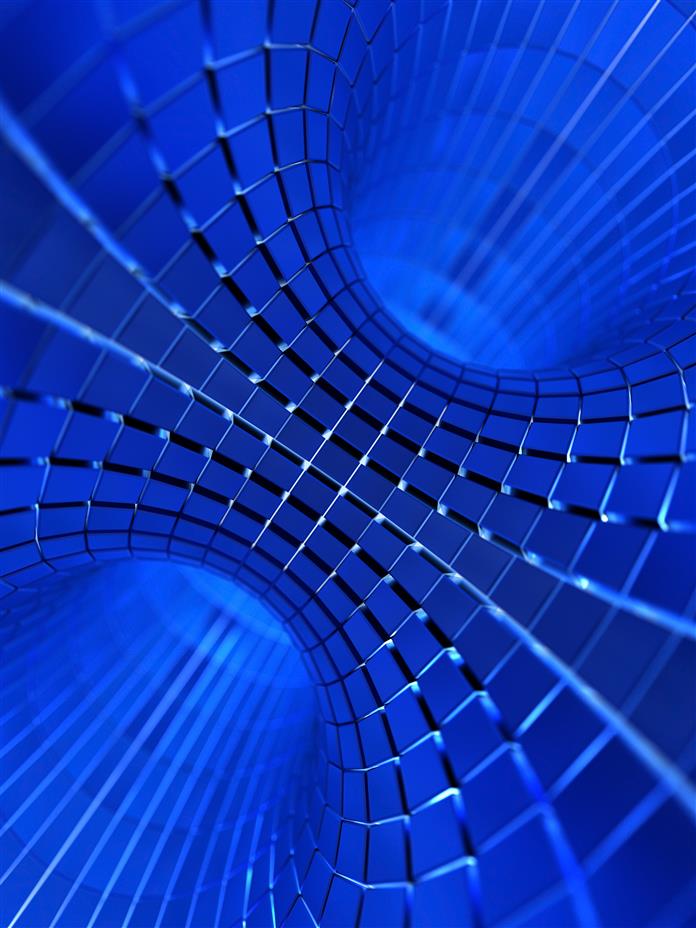
● Technique 2
Effleurage: Using the Heel of the Hand
In this technique, there is a smaller area of contact because of which the pressure is deeper. Start at the lower back using both the hands and work in circles. Using the same circular movement, move outward first and then upward. Return to the center gradually and then progress to the upper back. This procedure should be followed for 5 minutes.
Effleurage: Using the Heel of the Hand
In this technique, there is a smaller area of contact because of which the pressure is deeper. Start at the lower back using both the hands and work in circles. Using the same circular movement, move outward first and then upward. Return to the center gradually and then progress to the upper back. This procedure should be followed for 5 minutes.
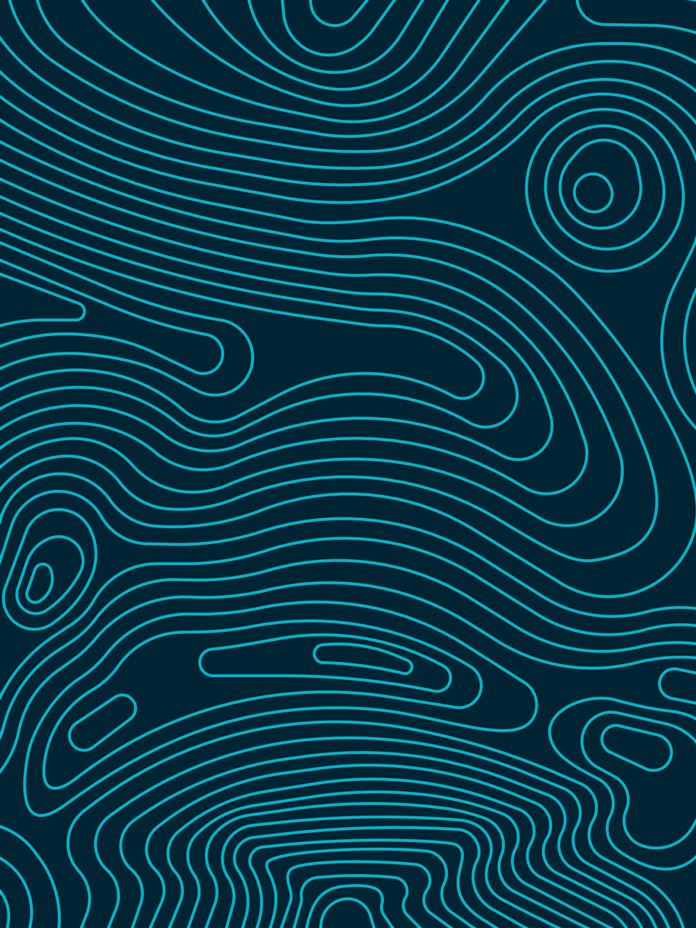
● Technique 3
Effleurage: Using Reinforced Fingers
Like the previous technique, this one, too, concentrates on a smaller area of contact. Stand on the right hand side of the area that you are working on. Place one hand on top of another and push with the flats of your hand away from the centerline, and then glide back towards the spine. Begin this procedure at the lower back and work it up to the upper back. Follow this procedure for 5 minutes.
Effleurage: Using Reinforced Fingers
Like the previous technique, this one, too, concentrates on a smaller area of contact. Stand on the right hand side of the area that you are working on. Place one hand on top of another and push with the flats of your hand away from the centerline, and then glide back towards the spine. Begin this procedure at the lower back and work it up to the upper back. Follow this procedure for 5 minutes.
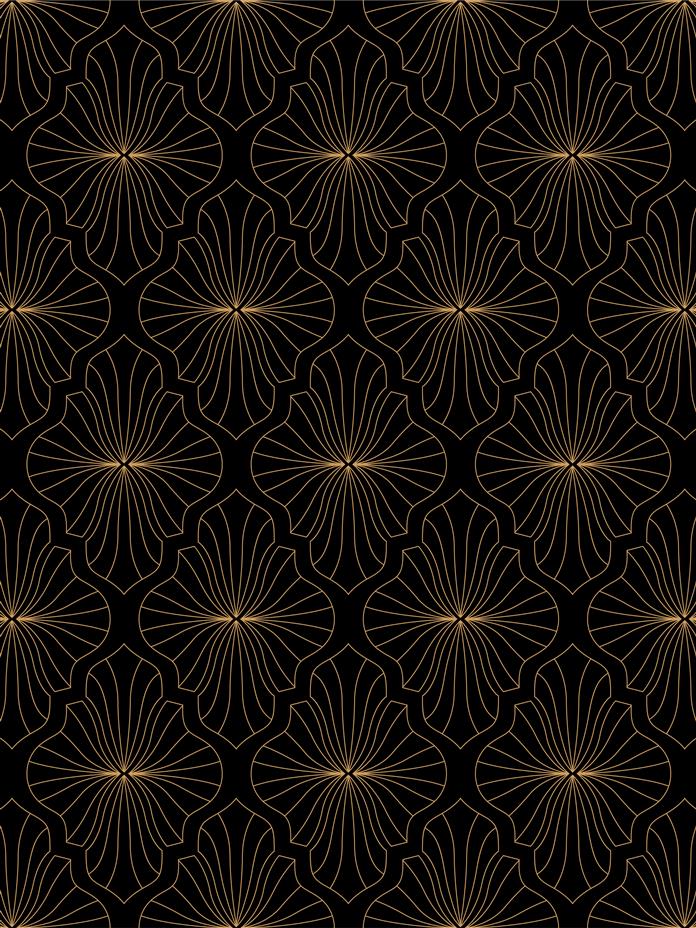
● Technique 4
Stripping: Using the Reinforced Thumb
Use deep continuous pressure, up to the full length of the muscles that are located at either side of the spine. As you move to the neck, lessen the pressure a little. Move slowly and intentionally, feeling for sensitive spots while you glide from the lower to the upper back. Continue this three times on each side, alternating it with a couple of minutes of effleurage and then repeat the stripping.
Stripping: Using the Reinforced Thumb
Use deep continuous pressure, up to the full length of the muscles that are located at either side of the spine. As you move to the neck, lessen the pressure a little. Move slowly and intentionally, feeling for sensitive spots while you glide from the lower to the upper back. Continue this three times on each side, alternating it with a couple of minutes of effleurage and then repeat the stripping.

● Technique 5
Friction: Using the Reinforced Middle Finger
In this technique firm deep movements need to be applied on each side of the spine. Begin the massage at the lower side of the spine and move upward. Five frictions need to be applied on each spot with a few more in case of a sore spot.
Friction: Using the Reinforced Middle Finger
In this technique firm deep movements need to be applied on each side of the spine. Begin the massage at the lower side of the spine and move upward. Five frictions need to be applied on each spot with a few more in case of a sore spot.

● Technique 6
Effleurage: Using Forearms
Begin the massage by applying firm downward pressure and then move the arm that is closest to the head up to just below the shoulder blade. Follow the procedure with 6 strokes, taking into consideration the possibility of lower back pain.
Effleurage: Using Forearms
Begin the massage by applying firm downward pressure and then move the arm that is closest to the head up to just below the shoulder blade. Follow the procedure with 6 strokes, taking into consideration the possibility of lower back pain.

● Technique 7
Trigger Point Release: Using Sustained Pressure of the Reinforced Thumb
As it is tough to gauge the pressure that is to be applied, this massage technique takes the aid of a pain scale. To begin with, place your thumb on tender knots or spots that your patient has told you about.
Trigger Point Release: Using Sustained Pressure of the Reinforced Thumb
As it is tough to gauge the pressure that is to be applied, this massage technique takes the aid of a pain scale. To begin with, place your thumb on tender knots or spots that your patient has told you about.

Press down on those points; increasing the pressure gradually till the pain reaches 6 or 7 on a scale of 1-10. Hold the pressure till the pain lowers to about 4 on a 1-10 scale. Repeat the steps. Muscle and back pain may miraculously disappear using this technique.
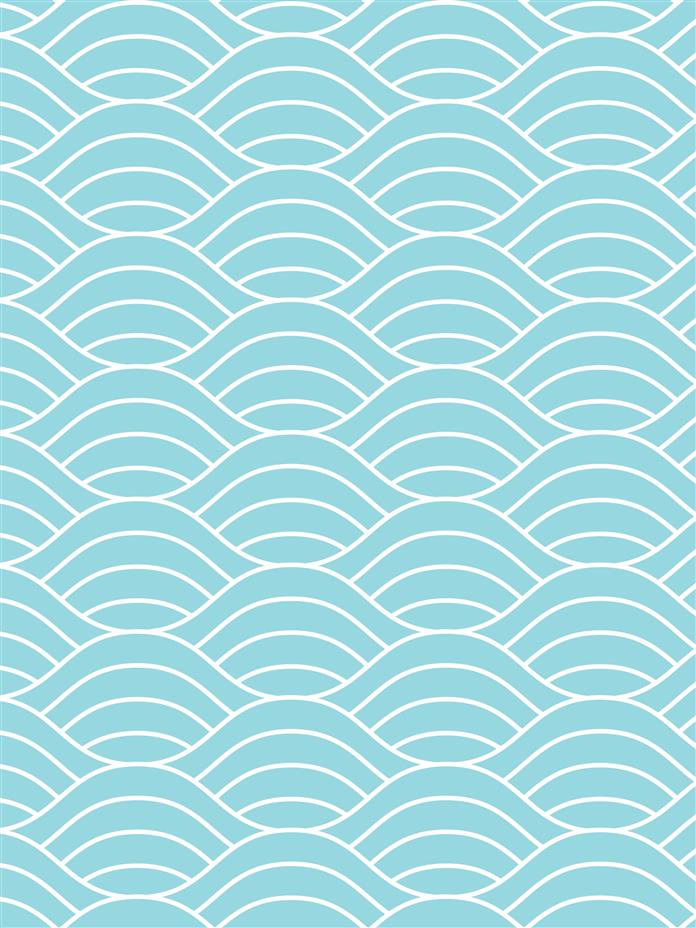
● Technique 8
Using Effleurage to Finish the Massage Routine
Apply effleurage with supported fingers, the heel of the hand and the full hand. Using these techniques will increase the impact that you have created with the trigger and stripping point release. After this is done, leave the patient quiet for a few minutes.
Using Effleurage to Finish the Massage Routine
Apply effleurage with supported fingers, the heel of the hand and the full hand. Using these techniques will increase the impact that you have created with the trigger and stripping point release. After this is done, leave the patient quiet for a few minutes.
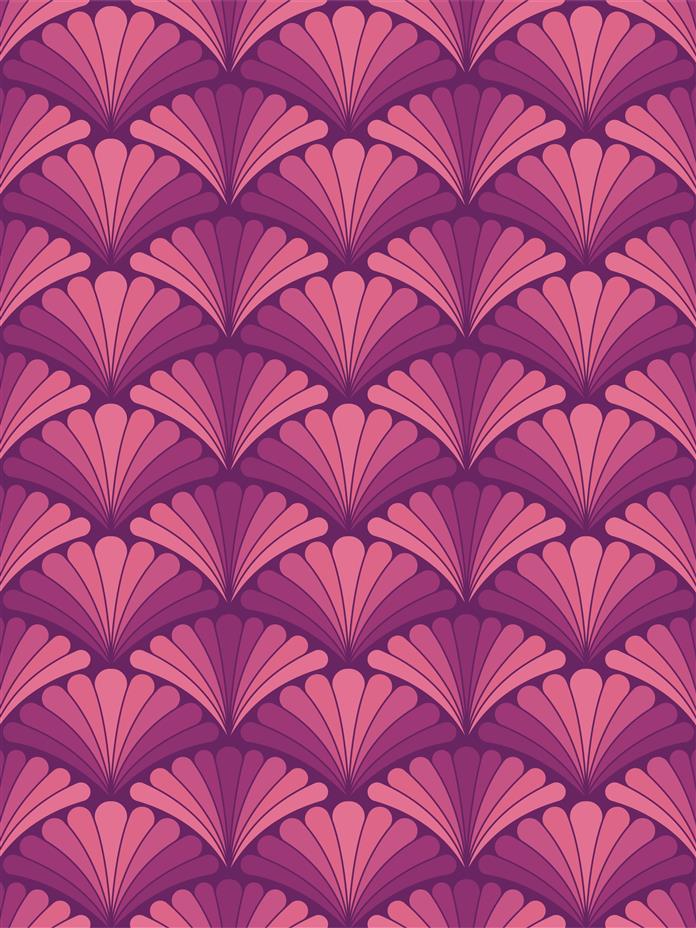
Vital Tips
- Do not use too much massage oil, as, the lesser the oil, the greater the friction and the deeper the pressure.
- When using the finger and the thumb to apply pressure, make sure you provide support with the other thumb and fingers.
- Use slower movements while massaging.

I would like to end this article with a word of caution, saying, therapeutic massages may not work for everyone and might not be appropriate for people affected with infectious diseases, skin problems, certain forms of cancer and cardiac conditions. Also, these therapies are not advisable for pregnant women. Therefore, one must not forget to consult a doctor before receiving any such massage.
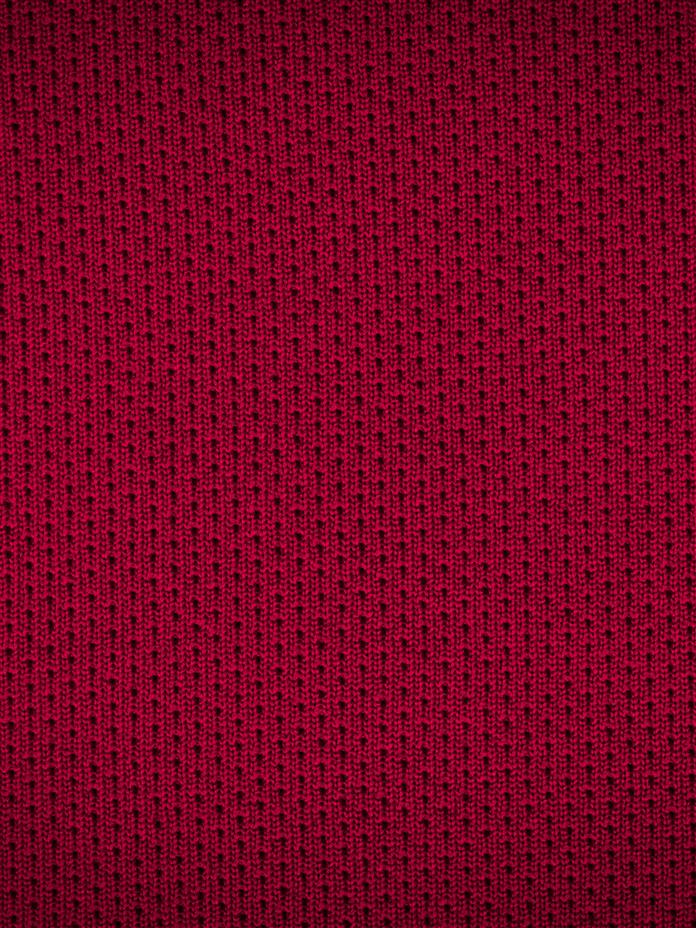
Disclaimer: This story is for informative purposes only and does not in any way attempt to replace the advice offered by an expert on the subject.